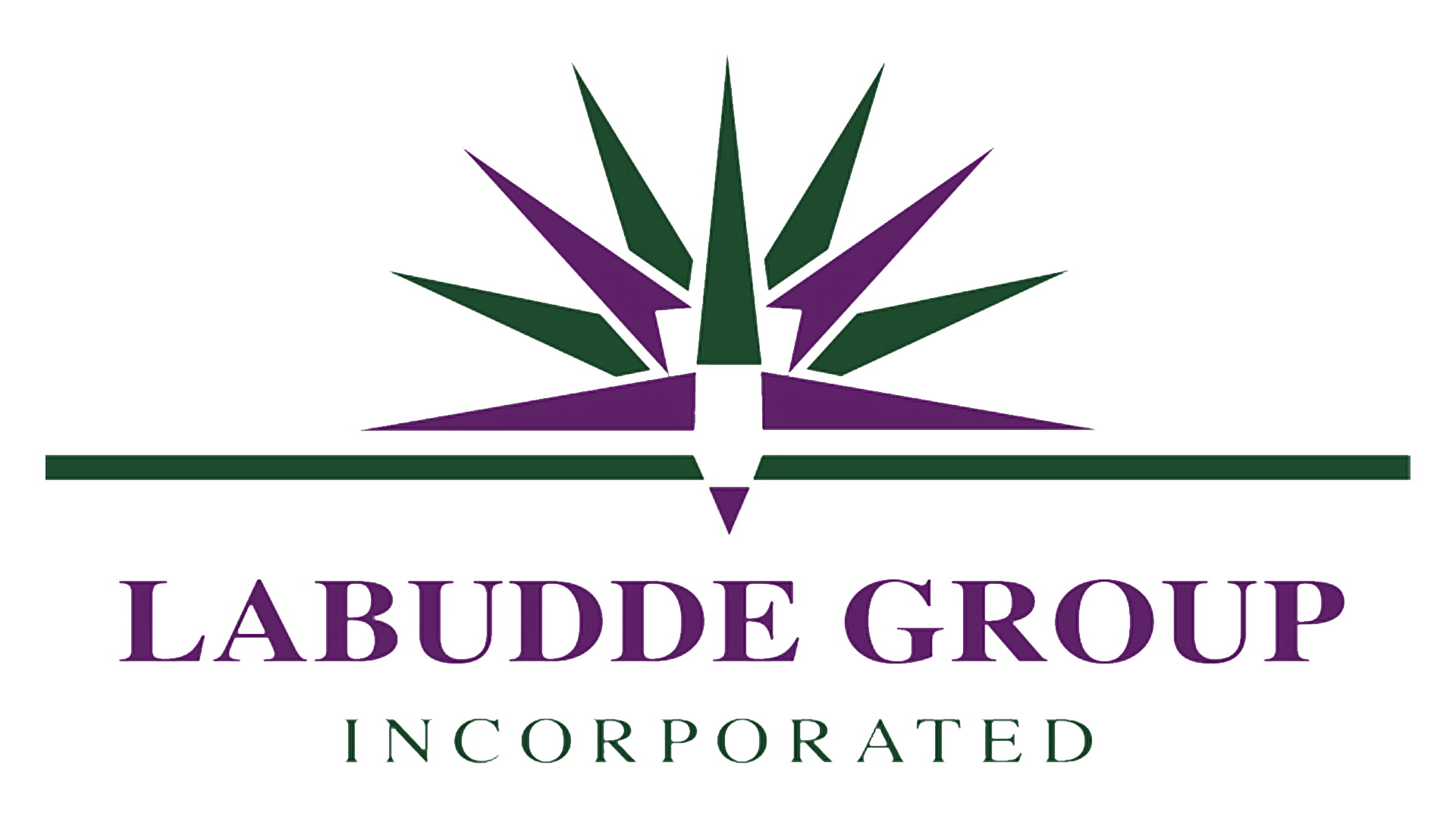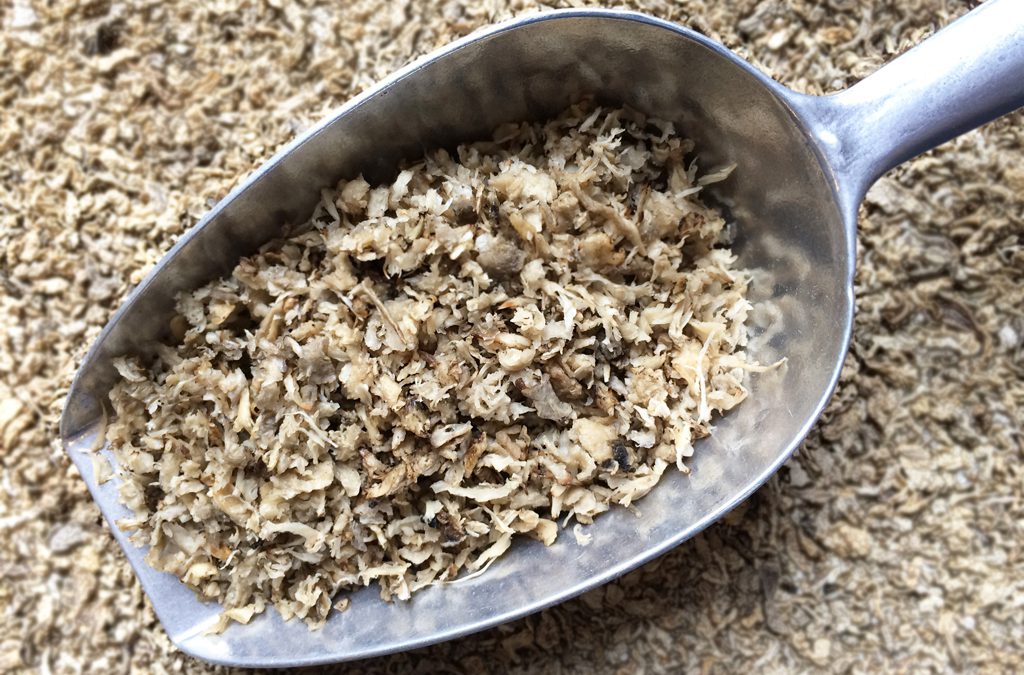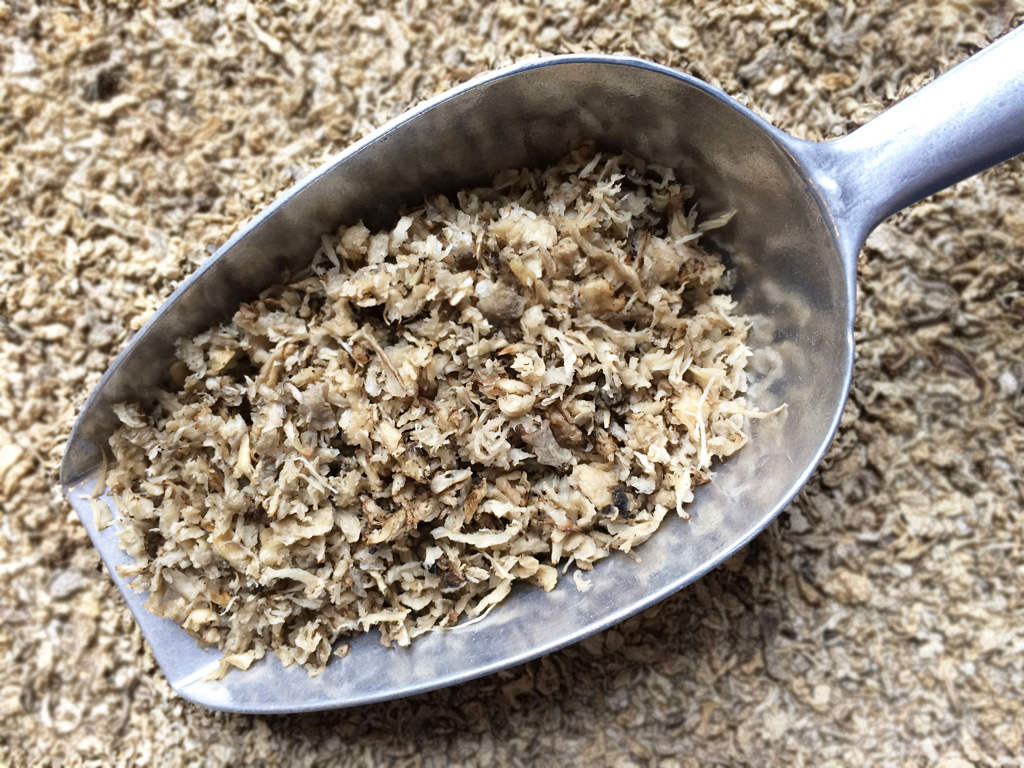
Where does your sugar come from? Most people only know about Sugar Cane, but for many in the USA, Sugar Beets are a great way to get sugar from non-tropical areas. Sugar Beets do best in sandy soils and cooler climates. So Michigan and Minnesota thrive as the home to a large percentage of the US Sugar Beet Crop. Check out the Sugar Beet Association
What is the Byproduct of sugar beets? Sugar is the primary reason we grow them, but the sugar beet pulp that remains after the sugar extraction has found many homes for animal feed. I was initially introduced to beet pulp while preparing my first 4-H calf for her first show when I was 8 years old. One of my responsibilities each day was to mix together some beet pulp and water with a small amount of grain and give it to “Peachy” twice a day. My dad explained that the Beet Pulp would help Peachy grow but keep the weight off. Beet pulp is amazing; it can hold over 7 times its weight in water. Which means it helps my show calves feel full and they don’t over eat their grain.
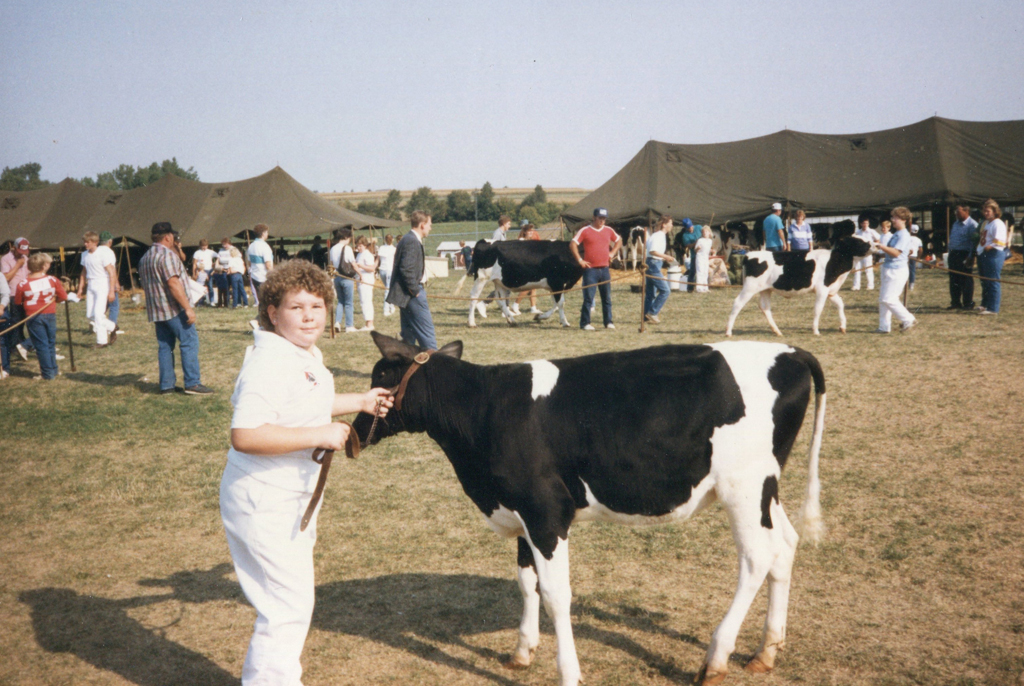
(8 year old Jenny and her calf Peachy at the Fennimore County Fair)
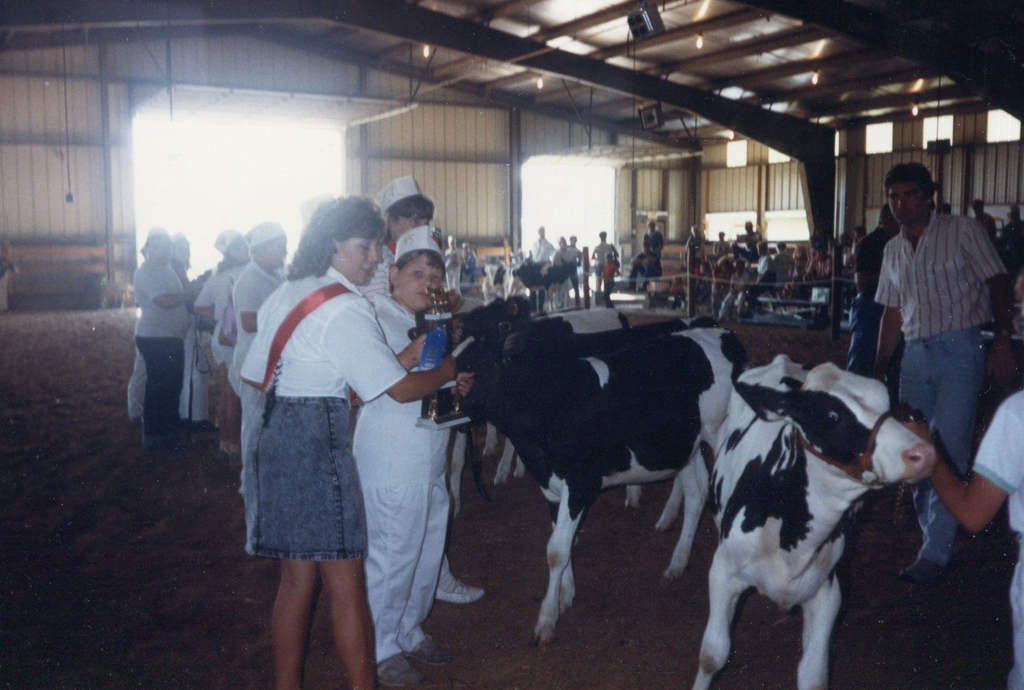
(Jenny winning her first trophy at the district show)
When Sugar is extracted from the Beet, the fibrous part of the plant that is left is called Beet Pulp. LaBudde Group is one of the largest handlers of Beet Pulp in the US. We supply it into multiple animal feed options. Dairy cows love beet pulp in shred form or as pellets. It supplies a sweet source of effective fiber in their diet as well as some residual sugar and energy. Beet Pulp is utilized in dog food to help with digestion as well as for its physical traits during production.
Did you know that the first sugar beet processing plants were built in the late 1800’s. The process has not changed much over time, other than to add efficiencies. Sugar from Beets and also the beet pulp is produced using basically heat and water. No chemicals needed. The beets are sliced into chips (look like waffle fries) and then heat, water, and vibration are added in the diffuser. The water pulls the sugars out of the beets as they slowly move through the diffuser. The sugary water moves on to be concentrated into white granulated sugar, brown sugar, or molasses. The remaining wet pulp gets sent through a screw press that extracts any remaining sugar water and sends it back into the sugar process.
This semi-wet pulp can be fed as is to cattle. In Minnesota and Michigan, many local dairy and beef operations bring in this product as a wet feed. They feed it fresh from the plant, or they can put it up as silage that will ferment and store safely. (think pickles or sauerkraut – given enough time, good bacteria kills anything growing and it becomes a sweet and delicious feed). That is only a small protion of the production, the remainder travels into large dryers to be dried into a dry pulp.
The dry pulp can be used in various forms. As it is – sent for dairy or beef cattle feed. Pelleted – goes into dairy, beef, goats, horses, or pet food. Screened shreds (large pieces and small pieces are removed) –this is a premium product that goes for bagged feed for sale in stores or into mixed feed for horses. Horses can choke on large pieces of feed, so to be safe we screen it into a more uniform product).
Through the years LaBudde has helped develop several of these markets for Beet pulp. This has grown to find more and more valuable homes for what is left over from sugar production. Sustainability is a flashy word used by many when discussing Agriculture. Utilizing these by-products is one of the best ways that conventional farms and ranches have been increasing their sustainability since the early 1900’s.
Did you know the winner of the KENTUCKY DERBY, Always Dreaming, was fed Beet Pulp screened and sold by LaBudde Group. Our friends at Hallway Feeds produce a wonderful variety of horse feeds that many of the top horse trainers utilize for their Derby contenders. In fact, 8 of the top 10 horses got their nutrition from feeds utilizing Beet Pulp!!
Horses love Beet Pulp and it is a great feed for older animals that have insulin resistance or issues with their teeth. This versatile fiber can get used for both performance horses and retired horses.
Dairy cattle can get energy as well from Beet Pulp. The fiber is 90% digestible by the microbes in the stomach of ruminant animals. This supplies great energy as well as bulk to the diet.
Little did I know when I gave Peachy her daily meal of beet pulp, nice fresh baled hay, and high protein feed, that I was supporting the production of the sugar my mom used in our chocolate chip cookies!!!
